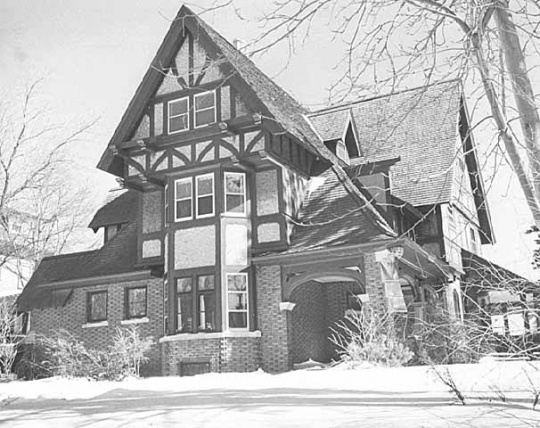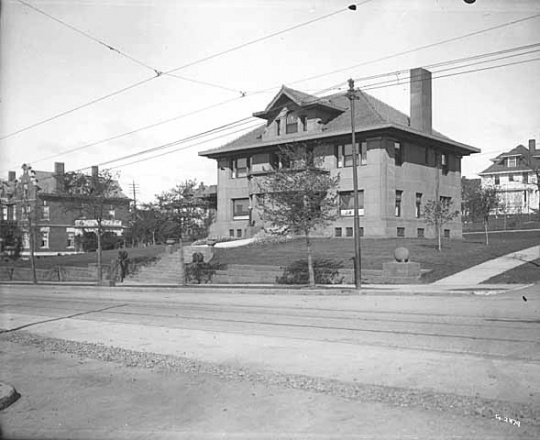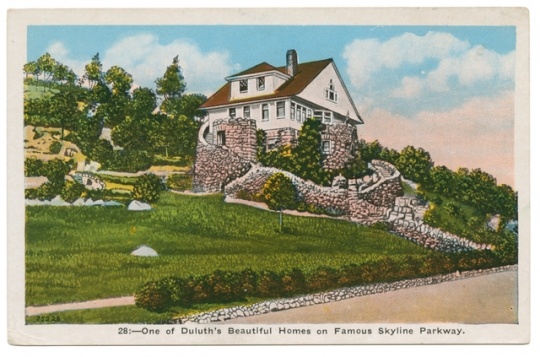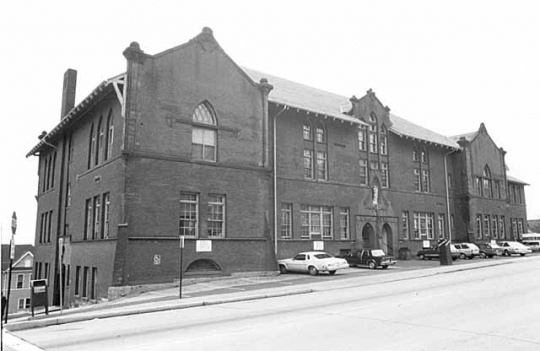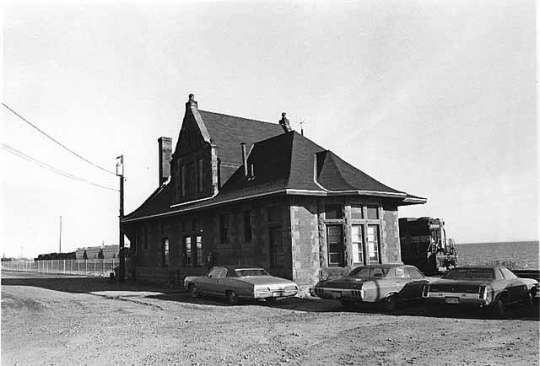Hill, I. Vernon (1872–1904)
Creator:
Kathryn R. Goetz
Bibliography
Gebhard, David and Tom Martinson. A Guide to the Architecture of Minnesota. Minneapolis: University of Minnesota Press, 1997.
Lathrop, Alan K. Minnesota Architects: A Biographical Dictionary. Minneapolis: University of Minnesota Press, 2010.
Scott, James Allen. Duluth's Legacy: Volume 1, Architecture. Duluth, MN: The City of Duluth, 1974.
Chronology
1872
Isaac Vernon Hill is born May 9 in Stanton-under-Bardon, England.
1888
Hill immigrates to Minnesota with his family and settles in Duluth.
1891
Hill begins working, first as a bookkeeper then as a draftsman, for the Lakeside Land Company.
1896
Hill partners with architect Wallace Wellbanks.
1899
Hill forms the architectural firm Tenbusch & Hill with Gerhard Tenbusch.
1902
Hill begins working with architect William T. Bray, a partnership that continues until his death.
1904
Hill dies of pneumonia February 25 at the age of thirty-one.
Bibliography
Gebhard, David and Tom Martinson. A Guide to the Architecture of Minnesota. Minneapolis: University of Minnesota Press, 1997.
Lathrop, Alan K. Minnesota Architects: A Biographical Dictionary. Minneapolis: University of Minnesota Press, 2010.
Scott, James Allen. Duluth's Legacy: Volume 1, Architecture. Duluth, MN: The City of Duluth, 1974.







